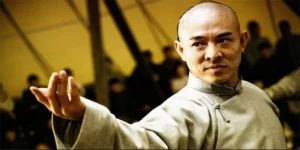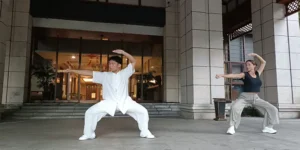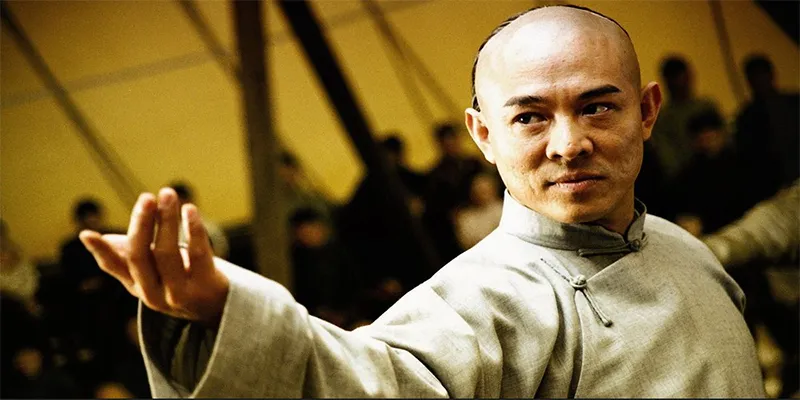
Kung Fu covers hundreds of Chinese martial art styles (Wushu). From the flowing forms of Tai Chi Chuan to the explosive movements of Shaolin, these arts represent millennia of combat wisdom. Yet, in the face of modern, high-pressure, real-world confrontations, a critical question persists: Has traditional Kung Fu served its practitioners well in serious self-defense situations?
The answer is yes. No matter which style of Kung Fu you choose, your basic skills, as long as they are properly controlled, can help you protect yourself in serious situations.
What Kung Fu Has Served You Well in Serious Situations?
In critical situations, the most effective means of self-protection lies in whether one’s daily training methods possess practical combat applicability, whether techniques are direct and straightforward, and whether they can effectively address conflict.
The following kung fu are widely recognized as serving you well in serious situations:
#1 Sanda / Sanshou
Sanda, a combat sport within modern Chinese martial arts, is specifically designed and trained for real-world combat.
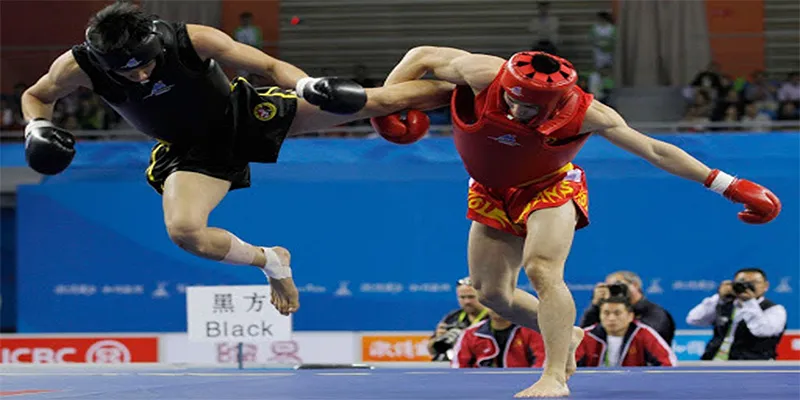
Its curriculum draws from military and police combat techniques and folk martial arts and has been tested in modern sports and numerous high-intensity confrontations. Sanda incorporates the precise strikes of boxing, the kicks and legs of Muay Thai, and the takedowns and leg-catching techniques of Chinese wrestling.
The advantage of Sanda lies in its focus from the outset on contact, speed, timing, and physical fitness. Without complex performance moves, students are able to quickly master the most crucial striking and control techniques in serious situations, making it highly practical.
#2 Wing Chun
Wing Chun is a martial art originating in southern China that focuses on close-quarters combat.
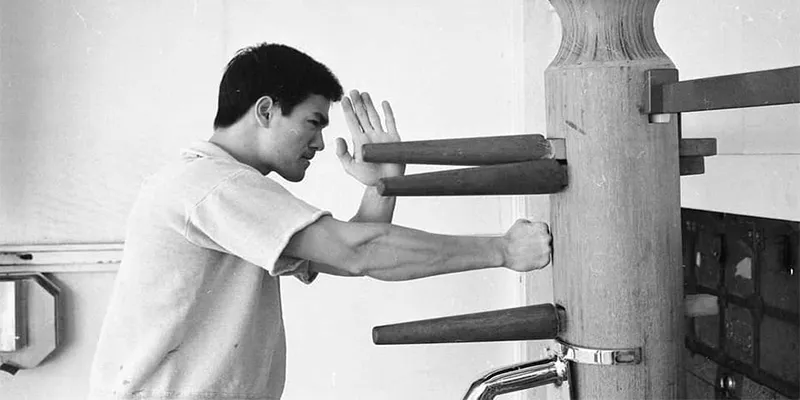
Its effectiveness in self-defense stems primarily from its direct and concise strikes. Wing Chun emphasizes centerline theory, simultaneous attack and defense, and the use of inch-force. Wing Chun allows for quick and instinctive responses when attacked from a passive position or in confined spaces, such as corridors or crowds.
Wing Chun training, through sparring exercises such as Chi Sao, highly develops the practitioner’s sensitivity and reaction speed. This allows one to instantly disrupt the opponent’s balance and attack rhythm and quickly subdue the opponent with chain-like, intensive strikes.
Wing Chun is very suitable for protecting oneself in sudden conflicts without warning.
#3 Shuai Jiao
Chinese Shuai Jiao (wrestling) is one of the oldest forms of Chinese kung fu and an extremely effective self-defense technique.
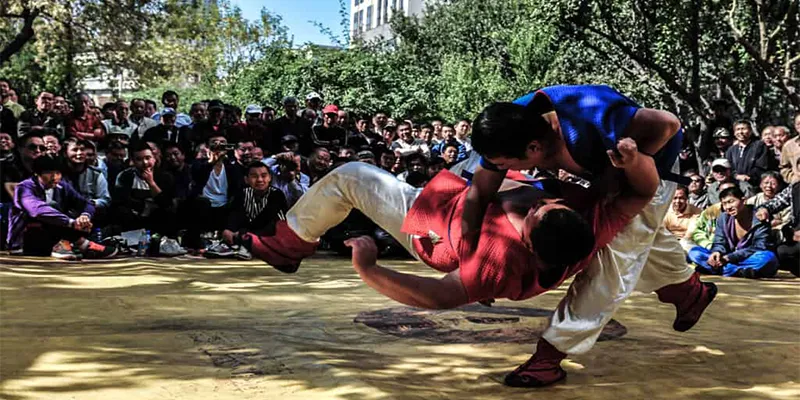
In modern conflicts, many fights ultimately devolve into close-quarters clinch work and wrestling. Shuai Jiao training focuses on grasping, balance control, and the ability to quickly throw an opponent to the ground. In critical situations, throwing an opponent not only ends the fight immediately but also allows one to gain an advantageous position and avoid a ground fight.
Wrestling training emphasizes overall strength, balance, and coordination, enabling the practitioner to possess strong control and counterattack abilities when dealing with power imbalances or countering an opponent’s grappling attacks.
#4 Baji Quan
Baji Quan is renowned for its short-range explosive power, powerful elbows, and strong striking, making it a highly combat-oriented kung fu in northern China.
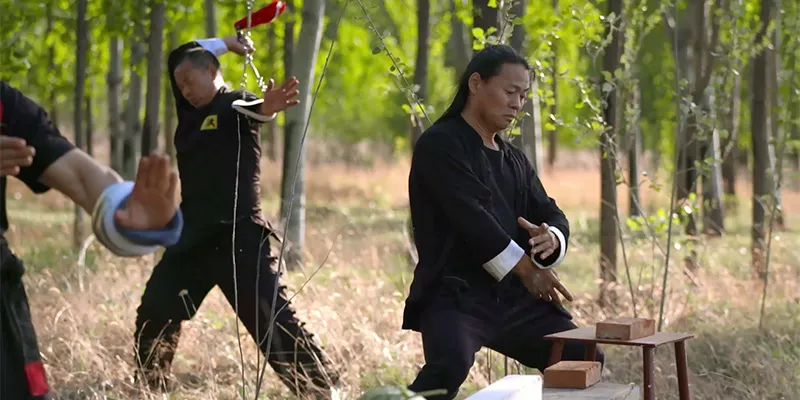
Baji Quan’s protective capabilities in serious situations stem from its philosophy of “an inch shorter, an inch more dangerous” and its training method of generating overall power. Bajiquan focuses on close combat and overwhelming the opponent with force. Its key techniques, such as “collapse, shake, thrust, and strike,” utilize the body’s overall weight and instantaneous explosive power at extremely close range to deliver a devastating blow to the opponent.
This simple, direct, and powerful attack style can instantly disrupt the opponent’s attack rhythm, effectively defeating the enemy with a single strike in a critical close combat situation.
#5 Tai Chi
Tai Chi serves you well in serious situations, lying in its application of push hands and Chin Na.
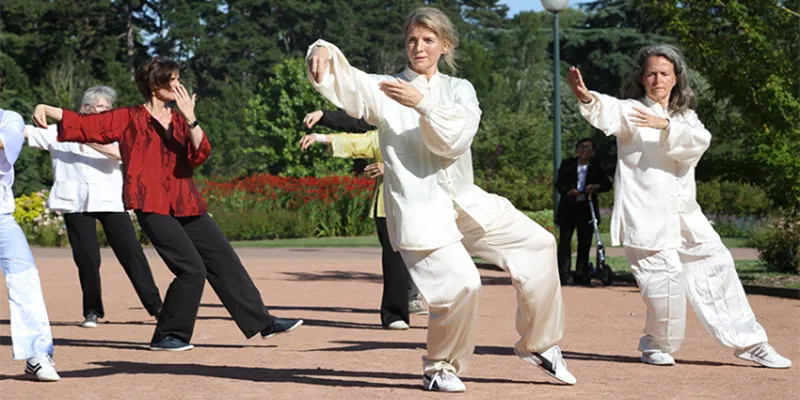
Through standing and push hands, Tai Chi training cultivates absolute control of the practitioner’s center of gravity and awareness of external forces.
In serious situations, this training enables practitioners to avoid confronting an opponent’s brute force at the moment of physical contact. Instead, they use spiraling force and positioning to instantly leverage, guide, and neutralize the opponent’s attack.
After, using the power of force through Push Hands, combined with Chin Na or quick throws, Tai Chi employs gentle, continuous movements at close range to disrupt the opponent’s balance and joints, subduing or throwing them.
Thus, Tai Chi does not rely on brute force, but rather, through Push Hands, Chin Na, and internal energy, transforms the opponent’s strength into one’s own, achieving the practical effect of “a little force displacing a great weight.”
How to Find a Kung Fu School That Can Serve You Well in Serious Situation?
A Kung Fu school that can truly provide students with practical self-defense skills should have the following professional characteristics:
Frequent Sparring and Push Hands Training
Schools focused on combat don’t shy away from combat; instead, they make sparring or high-intensity push hands a core component of their curriculum.
These drills simulate real conflict, helping students defend themselves under high pressure and fatigue and developing timing, distance control, and resistance to blows.
If a school’s curriculum includes little or no free sparring, its self-defense capabilities are questionable.
Simplicity and Directness of Form
In demanding situations, there’s no time for elaborate, complex sequences of movements.
The techniques taught in combat schools must be simple, effective, and universally applicable. Classes focus on defense, power generation, and techniques that quickly disrupt an opponent’s balance or deliver effective strikes.
Training emphasizes instinctive reactions rather than complex memorization of routines, ensuring students can instinctively execute fast, accurate, and explosive defenses.
Cross-Training Awareness
Modern combat may include standing strikes, takedowns, and ground grappling.
A reliable kung fu school will address the shortcomings of traditional styles in ground techniques. Its curriculum will include basic training in Chinese wrestling and even encourage students to learn ground techniques like Brazilian Jiu-Jitsu or Judo to prepare for the inevitable fall, ensuring students possess comprehensive fighting capabilities.
Strong Instructor Team and Practical Experience
Instructors must possess practical combat experience, including Sanda/Sanda competition experience, traditional martial arts push hands, and ring competition records.
Top-notch coaches distinguish between “performance kung fu” and “practical kung fu” and can guide students on how to translate routines into combat.
They avoid peddling illusory concepts of “unparalleled martial arts” or “internal strength” but instead focus on scientific training in physical fitness, strength, and fighting psychology.
Kung Fu Schools Served You Well in Serious Situation
Around the world, several kung fu schools and institutions are renowned for their combat training, making these schools excellent choices for students seeking practical combat skills:
Sanda Academies in China
These academies belong to the combat sports system of Chinese martial arts and represent the pinnacle of practical combat prowess in modern Chinese martial arts.
The curriculum focuses entirely on sparring, physical conditioning, and mixed martial arts, incorporating kicking, punching, and throwing techniques, resulting in extremely intense training. Joining a Chinese Sanda school allows students to quickly attack and defend in dangerous situations, making it an ideal choice for those seeking to quickly acquire practical combat skills.
Tai Chi Push Hands & Chin Na Focus
While Tai Chi is a martial art for health preservation, training camps focusing on traditional push hands and grappling are at the core of Tai Chi.
Sanda Academies in China significantly enhance students’ sensitivity, close control, and ability to generate instantaneous force. They teach students how to shift an opponent’s center of gravity, enabling them to subdue or throw an opponent with the slightest movement at very close range—advanced and effective techniques for self-defense when heavy punches are unavailable.
Wing Chun Schools with Heavy Chi Sao Training
Successful Wing Chun schools make sticking hands a core part of their daily training.
Chi Sao training cultivates instinctive reactions during physical contact, the ability to control an opponent’s attacks, and the ability to attack and defend simultaneously. In combat, it allows you to calmly utilize center punches, vertical punches, and chain punches to quickly neutralize an opponent’s threats when they’re caught or approaching. It’s particularly useful for defending in crowded or unexpected close-quarters encounters.
Traditional North American or European martial arts schools (such as Choy Li Fu or Baji Quan)
Overseas, some martial arts schools founded by renowned Chinese masters adhere to traditional, hard-hitting styles like Choy Li Fu or Baji Quan.
These styles are characterized by explosive power, large-scale movements, or an emphasis on close-quarter collisions. Excellent martial arts schools will combine these traditional techniques with modern sandbags, targets, and actual sparring to ensure that students can apply Baji’s instantaneous power or Cailifo’s wide-area attacks in actual combat, forming a highly deterrent self-defense system.

